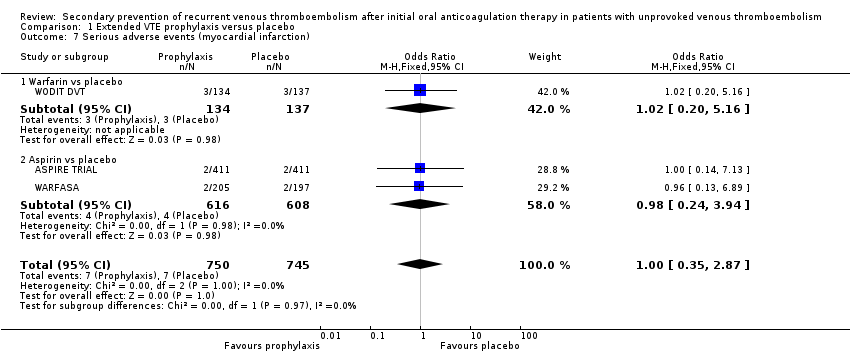Contenido relacionado
Revisiones y protocolos relacionados
Sherab Bhutia, Peng F Wong | 16 julio 2013
Saskia Middeldorp, Martin H Prins, Barbara A Hutten | 5 agosto 2014
Aniek AG Zee, Kelly van Lieshout, Maaike van der Heide, Loes Janssen, Heinrich MJ Janzing | 6 agosto 2017
Lindsay Robertson, Lauren E Jones | 9 febrero 2017
Alina Andras, Adriano Sala Tenna, Marlene Stewart | 24 julio 2017
George Kirkilesis, Stavros K Kakkos, Colin Bicknell, Safa Salim, Kyriaki Kakavia | 9 abril 2020
Lindsay Robertson, James Strachan | 14 febrero 2017
Marcello Di Nisio, Frank Peinemann, Ettore Porreca, Anne WS Rutjes | 19 junio 2015
Anne WS Rutjes, Ettore Porreca, Matteo Candeloro, Emanuele Valeriani, Marcello Di Nisio | 18 diciembre 2020
Carla Perrotta, Jorge Chahla, Gustavo Badariotti, Jorge Ramos | 22 agosto 2022
Respuestas clínicas Cochrane
Jane Burch, Sascha Köpke | 1 agosto 2018














